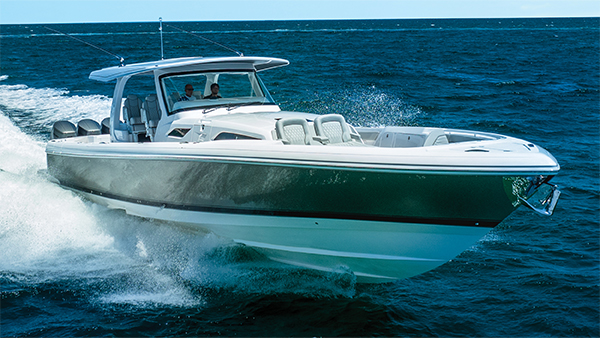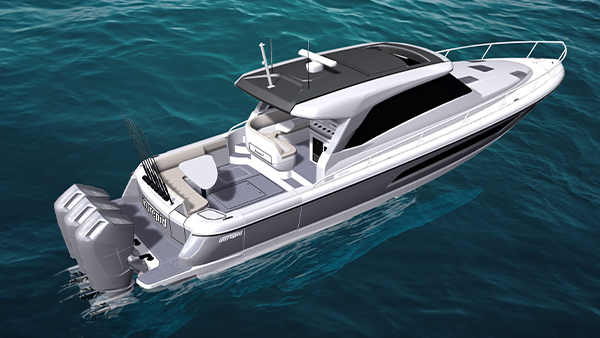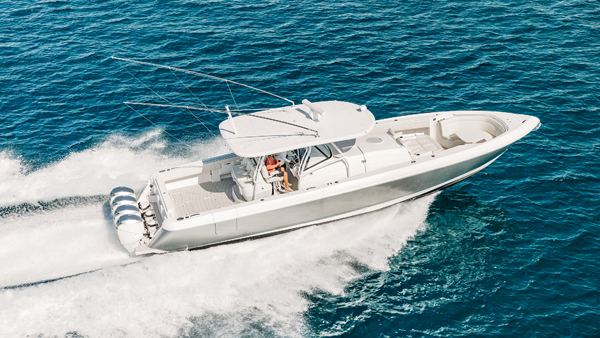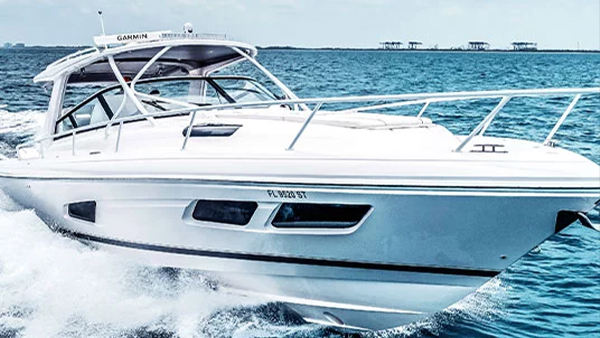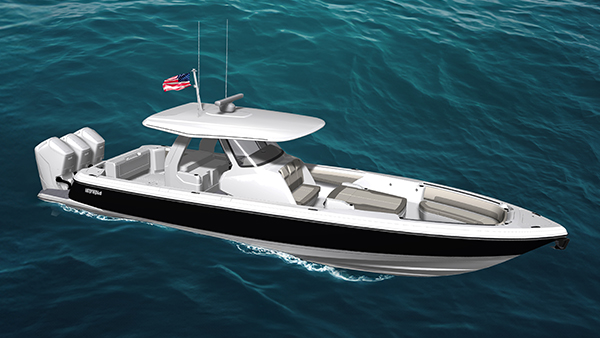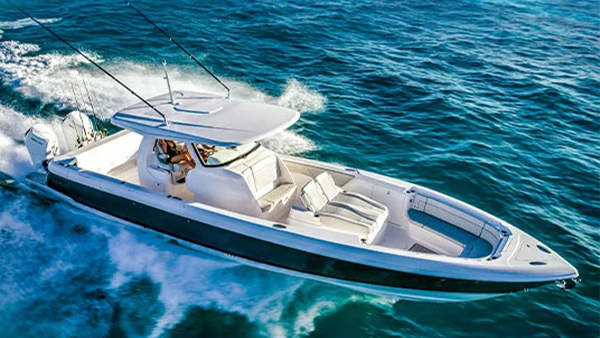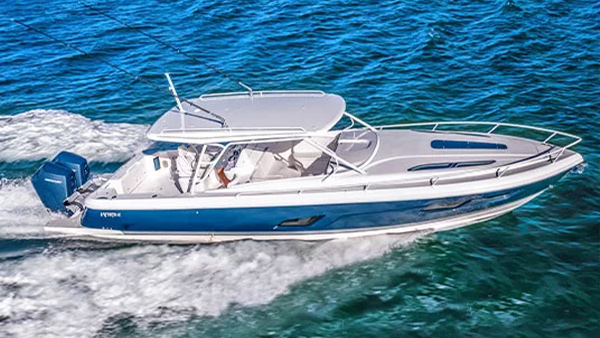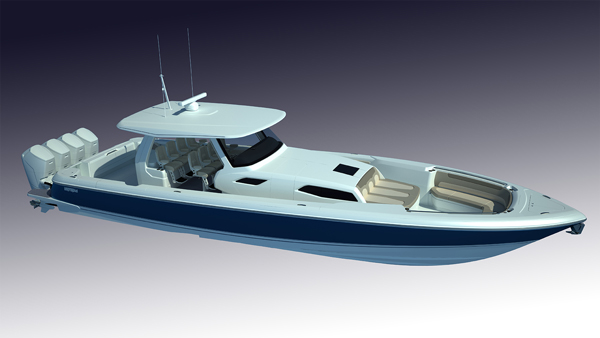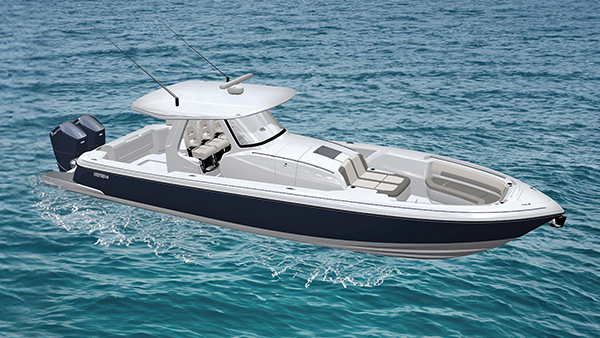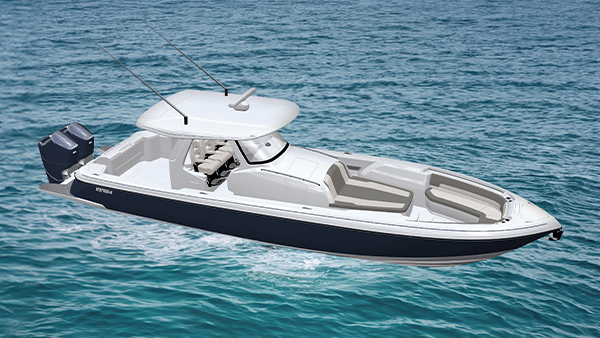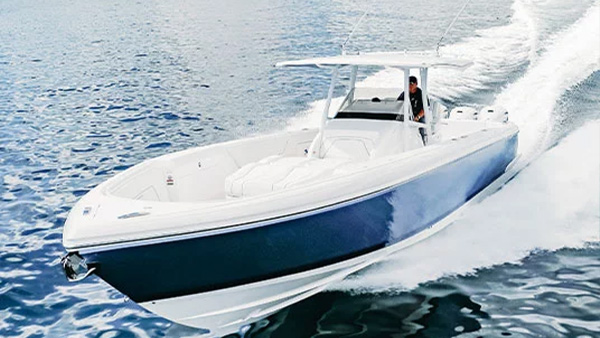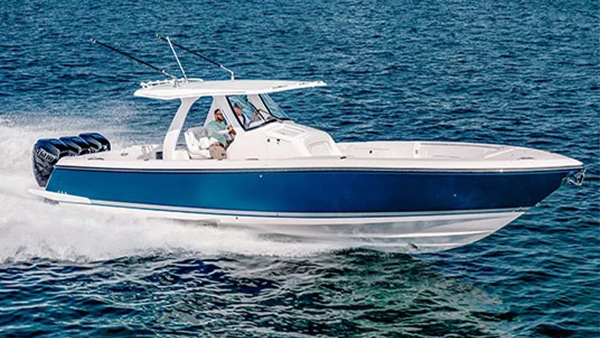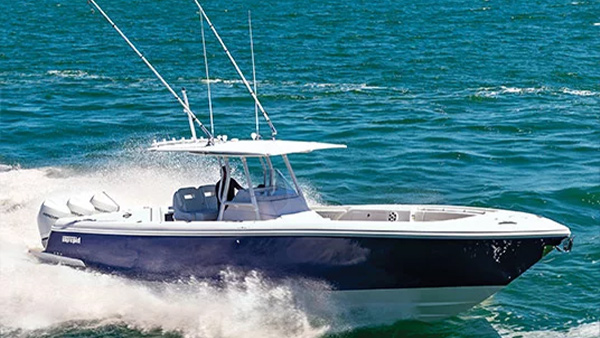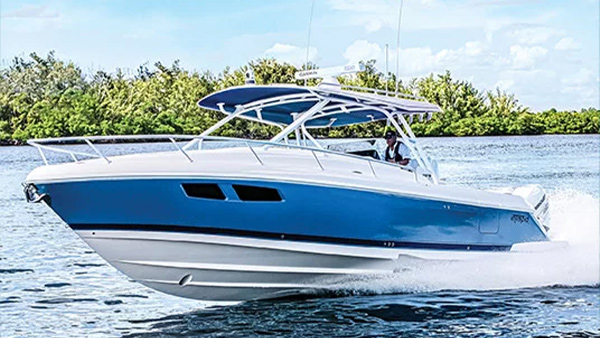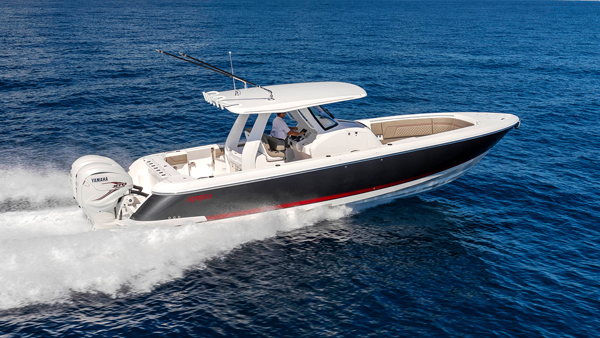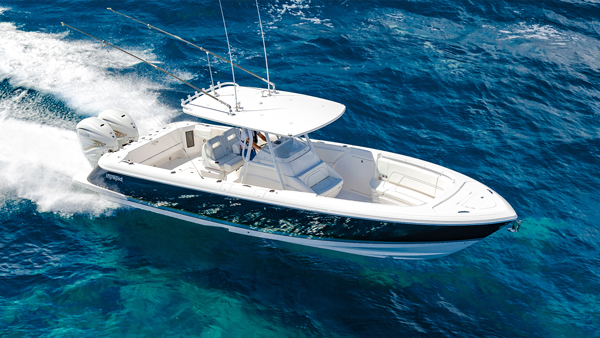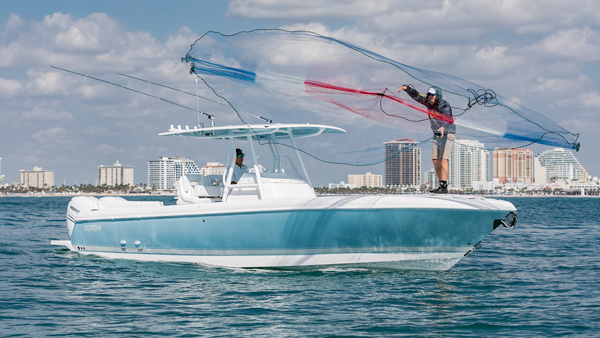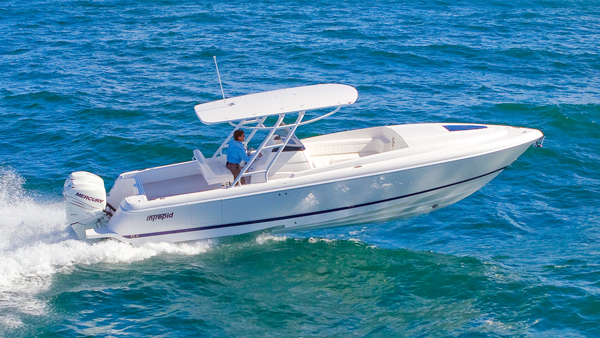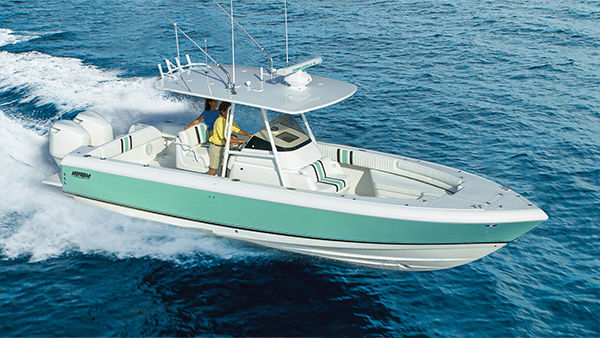Did you know that owning a boat can help you live longer?
The reason why is because being outdoors often, especially by the water, is linked to improved health and happiness. Although going for a spin is supposed to be a relaxing time, boat docking can be a big source of anxiety for novice and expert drivers alike.
Do you want to learn how to dock a boat like a pro? Keep reading for 8 tips that will make the process much easier.
1. Important Boat Docking Tip: Attach Your Fenders First
You may think that boat fenders look silly, but they can save you thousands of dollars in damages to your boat and any neighboring boats. When you’re done enjoying the water, be sure to attach your fenders before you attempt to dock.
If you happen to have an accident, the fenders can potentially take all of the damage. Although it’s unnerving to crash, even at a slow speed, fenders help keep new and used boats alike in pristine condition. Fenders can also help new drivers learn in a safer environment.
2. How to Dock a Boat Easily: Take Your Time
Once the fun is over, it’s understandable that you’d want to get the docking chore over with fast. However, since docking is such a precise science, you can’t rush this step. Going in with too much confidence can cause a lot of damage to your boat.
As you approach the dock, slow down, take a deep breath and get into the zone. If you have anyone on board to help you dock, explain their duties before you approach. As you get closer to the dock, be sure to scan the water to make sure there aren’t any wayward lines or debris in your path.
3. Adjust for Wind and Water Currents
Docking is often a challenge because wind and water conditions change each time you go out. These factors make it difficult to practice one docking method until you perfect it. Each time you approach the dock, you’ll have to use unique tactics to counteract the current conditions.
The good news is that the more experience you have driving your boat in all types of conditions, the easier it’ll be to plan and execute a perfect boat docking on your first try. As you pull up, take some time to think about which movements will help you steer straight as the wind and water pull your boat.
To prepare for your trip, it’s best to get into the habit of researching the weather before you head out so you know the current water and wind conditions. If you run into any other boaters before you launch, it can also be helpful to ask them how the conditions were during their ride. If you think the conditions are too strong for your skillset, you shouldn’t go out until conditions improve.
4. Move in Short Bursts to Dock a Boat
One of the best boat docking techniques is to use your engine in short bursts of energy. This method is helpful is because it allows you to take your time and make adjustments as needed. If your boat has too much momentum going into the dock, it’s easier to lose control.
Short, powerful bursts can also give you more precision instead of a slow, constant movement. If you don’t give your engine enough gas, you may have a hard time fighting the wind and water currents. Short bursts will give you enough power and reaction time to get the job done right.
5. Turning Your Wheel Before You Move Can Help
Successful docking requires lots of fine-tuned movements and quick corrections. Turning the wheel in the direction you want to go before you give the engine some gas can help you stay calm and in control.
It’s important to turn the wheel a little bit at a time. If you try to make too big of a correction in one movement, you could go too far off course and not have enough time or space to recalculate. This step requires a lot of patience, but docking is much less stressful when you take your time and think.
6. Use Your Spring Line First
With so many lines to throw, it can be confusing to know which one should be tied to the dock first. As a general rule of thumb, starting with your spring line will give you enough stability without limiting your movement too much.
Since spring lines can secure the length of your boat, it’ll be easier to dock if the conditions are tricky. When you try to start with the bow or stern line you may struggle with getting your entire boat close enough to the dock without crashing.
7. Use Your Bow Line Once You’re Close
Once you’re close to the dock, toss out your bow line and have someone tie it down without being too forceful. If it tugs too much, it could mess with the alignment of the stern and make it difficult to navigate back to the dock.
After the bow is secured, you can finish the docking process by tying up the stern line. With proper knots, you can leave your boat with confidence knowing that the waves won’t knock your boat into the dock the whole time you’re gone.
8. Bonus Boat Driving Tip: Circle Around If It Doesn’t Feel Right
Since each day on the water comes with new conditions and challenges, even experienced boaters can struggle with docking. The important thing to remember is that docking isn’t a race.
If you have a bad feeling about the angle you came in, don’t be afraid to back away, take a lap and start fresh. Now that you already have a feel for the wind and water current, you can better gauge your movements. Sometimes starting from square one can be a much faster process than trying to correct a difficult position close to the dock.
Ready to Dock the Boat of Your Dreams?
Once you know how to dock a boat, you can enjoy smoother sailing whenever you go out on the water.
Are you ready to glide into the dock on a new powerboat? If so, Intrepid would love to welcome you to the family. We’ll be glad to work with you to design your own custom-crafted vessel, or introduce you to our selection of pre-owned powerboats. Check out our models and get ready for your next adventure.

